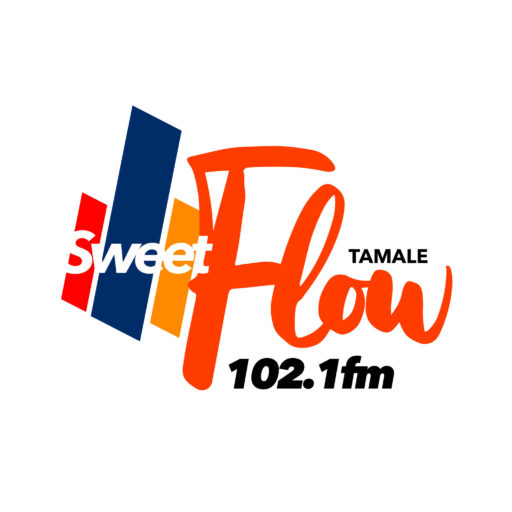But it’s not significant enough to prevent the space telescope from helping us observe the universe.
Astronomers around the world have high hopes for NASA’s James Webb Space Telescope. It’s supposed to shed light on the first stars and galaxies to form, as well as the atmospheres of potentially habitable exoplanets. That is why NASA and its partners designed it to withstand extreme conditions, such as being bombarded by micrometeroids flying at extremely high speeds. A larger-than-expected micrometeoroid struck one of the telescope’s primary mirror segments between May 23rd and May 25th. The event was significant enough for NASA to detect a “marginally detectable effect in the data,” but not significant enough to impair the telescope’s performance.
In NASA’s announcement, it said that the James Webb team performed an initial analysis and found that it still performs at a level that “exceeds all mission requirements.” The space agency explained that its engineers relied on simulations and did actual test impacts on mirror samples when it was building the telescope to make sure it was adequately fortified. For instance, the telescope’s flight teams can perform maneuvers to turn its optics away from known meteor showers. The recent impact it sustained was classified as an unavoidable chance event, though, and the micrometeoroid was larger than what engineers could have tested on the ground.
The good news is that James Webb has the capability to adjust mirror positions in order to correct and minimize the results of impacts like this. Its engineers have already made the first of several adjustments to make up for the damage on the affected segment. The agency has also formed a team of engineers to look into ways to mitigate effects of hits this scale in the future. Seeing as James Webb is meant to be Hubble’s replacement and is expected to provide us invaluable data over the next 10 years — or 20, if everything goes well — NASA, the European Space Agency and the Canadian Space Agency will most likely do the best they can to protect the space telescope.
Lee Feinberg, Webb optical telescope element manager at NASA Goddard, said:
“With Webb’s mirrors exposed to space, we expected that occasional micrometeoroid impacts would gracefully degrade telescope performance over time. Since launch, we have had four smaller measurable micrometeoroid strikes that were consistent with expectations and this one more recently that is larger than our degradation predictions assumed. We will use this flight data to update our analysis of performance over time and also develop operational approaches to assure we maximize the imaging performance of Webb to the best extent possible for many years to come.”

